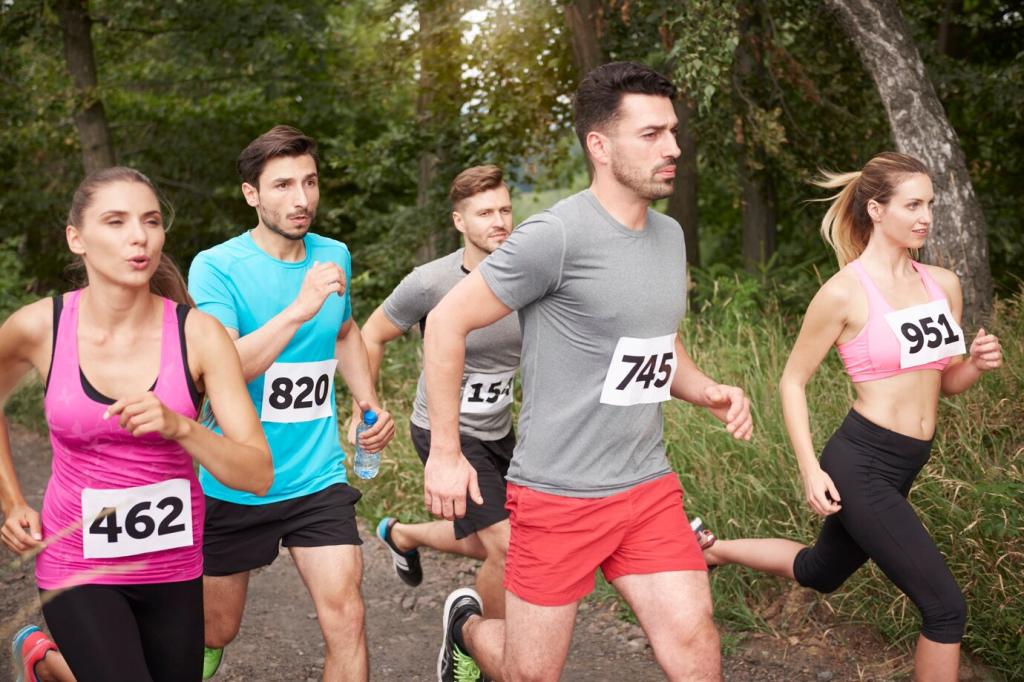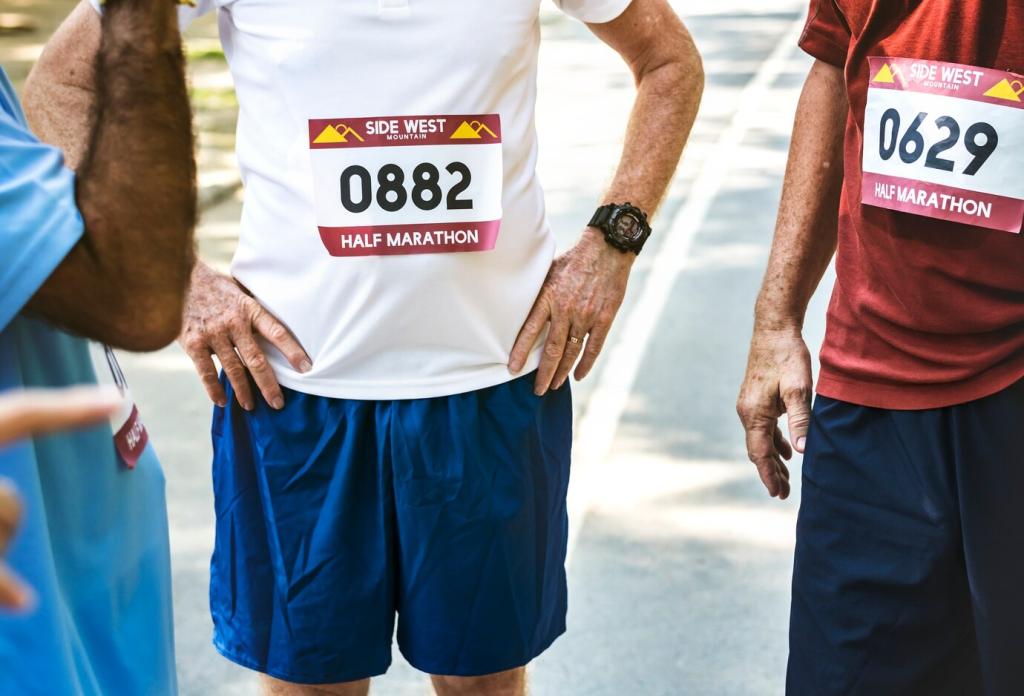Respecting Sacred Spaces and Local Laws
Always look for posted rules near places of worship, memorials, or private property. Ask before filming volunteers up close. If a security guard or elder gestures to stop, lower the camera immediately. Capturing memories matters, but dignity and privacy matter more to your hosts.
Respecting Sacred Spaces and Local Laws
Some events restrict external speakers or headphones for safety and respect. Where allowed, keep volume low in quiet zones and near announcements. If pacers or guides give instructions, remove an earbud. Show you value safety crews and residents by letting their voices come first.









